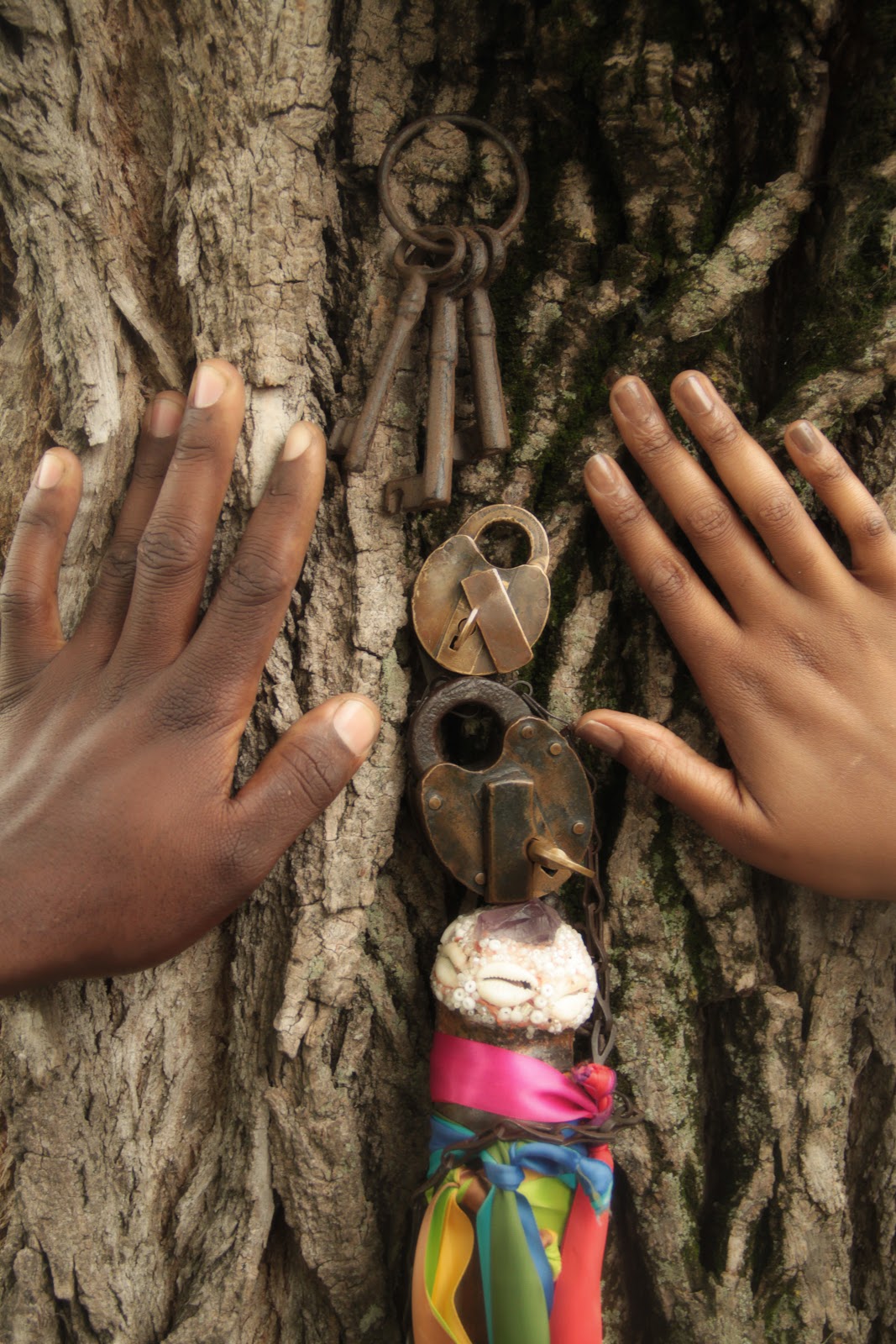“The greatest and most frequent of the myths is that African Americans have been “free” from the condition of slavery for over a century and a half, and therefore should be able to fend for themselves, just like whites and immigrants.” (Walters, 2012).
If this is considered true by most Americans, it makes sense why the African Americans are more determined than ever in pursuing justice, equal opportunities and freedom in a country where their race was once oppressively exploited. This was the thought that I had prior to viewing the exhibits in the museum; to be able to see a collection of experiences gathered from the enslaved people and their descendants who are currently residing in Richmond. To read about how the impacts of slavery have on them and the movements towards reparation.
However, I was welcomed by a rich display of shiny silvers in shelves (which were once owned by the colonists in Virginia) that cover the four walls in the common area of the museum. They are displayed as valuables and a pride of Richmond. I find it to be inappropriate, but maybe it is an apt ‘opener’ for what is to come next.
In the following room, there are abundance of information about the history of slavery in America, the New World. Reading all of the information that looks like facts on the wall, it made me feel overwhelmed with the unimaginable suffering and struggles undergone by the enslaved. As someone who never did much readings on the history of slavery, I found the information obtained from the exhibition to be somehow ‘sufficient’. I learned that human beings are capable of hating/abusing/killing others because of the colour of their skin. It is just absurd. It made me think of my race, of why didn’t we do that to people of different skin tone? How can skin colour determines one’s superiority? This idea might be praised upon centuries ago that our races (synonymous to skin colour) determined the size of our brain and Africans and Australian aborigines were assumed to be the least intelligent ones (Morton as cited by Razzetti, 2017). The saddest part of this incomprehensible notion is, our society is still paying a high price for it although modern science has invalidated that myth.
After completing my visit at the museum and listening to my American classmates’ thoughts on the exhibition, I think it would have been important to include actual recounts from the enslaved people and their families who are experiencing life in Richmond right now. Although slavery was declared illegal after 1865, the impacts it has on the African Americans still persists up until today. According to Walters (2012), these people are still not considered as equal and that it is clear that they have not achieved ‘freedom’. Therefore, it is only logical to get their stories to be told apart from the commentaries presented which only involve the past.
On who gets to tell their stories; it seems like the facts presented in the museum are more like commentaries from the third party. I can only assume that (like any other narratives out there in general), there are various sides of an event. Of course, the ones presented in the museum are considered as one-sided and maybe they are told by those who have the upper hand to shape the history according to how they view the event. I personally think that it would be more holistic and fair to get stories from all parties involved i.e. stories of regrets, confession – the whole experience. It takes courage to do so, maybe it is time to be brave and tell the truth.
It is also important to distinguish between African American and American history. Just like how important it is to distinguish between native American and American history. Every history and narrative is unique, vital and should not be meshed into one form of history.
At the end of the visit, I was left with more questions as to how Free and the city of Richmond would improve the way history is curated in Virginia Museum of History and Culture.
References
Walters, W. R. (2012). The impact of slavery on the 20th- and 21st century Black progress. The Journal of African American History; Special Issue: “African Americans and Movements for Reparations: Past, Present, and Future“, 97 (1-2), 110-130.

Kayla Schiltz
I was also disappointed that one of the first things displayed in the museum were shiny objects that resembled richness and pride. The whole experience appeared to be superficial to me. It showed no true emotions of regret, sorrow, guilt, and courage.
Kayla Connelly
I agree that the impacts and results of slavery are still prevalent today and it is certainly something that should be addressed. I believe that there are several ways that, as you mentioned, ” Free and the city of Richmond [could] improve the way history is curated in Virginia Museum of History and Culture.” I think it can be done and I also think it’ll take more than just Free and the city of Richmond.